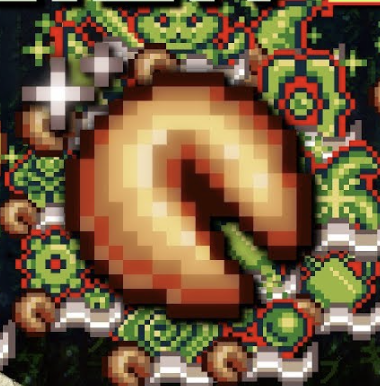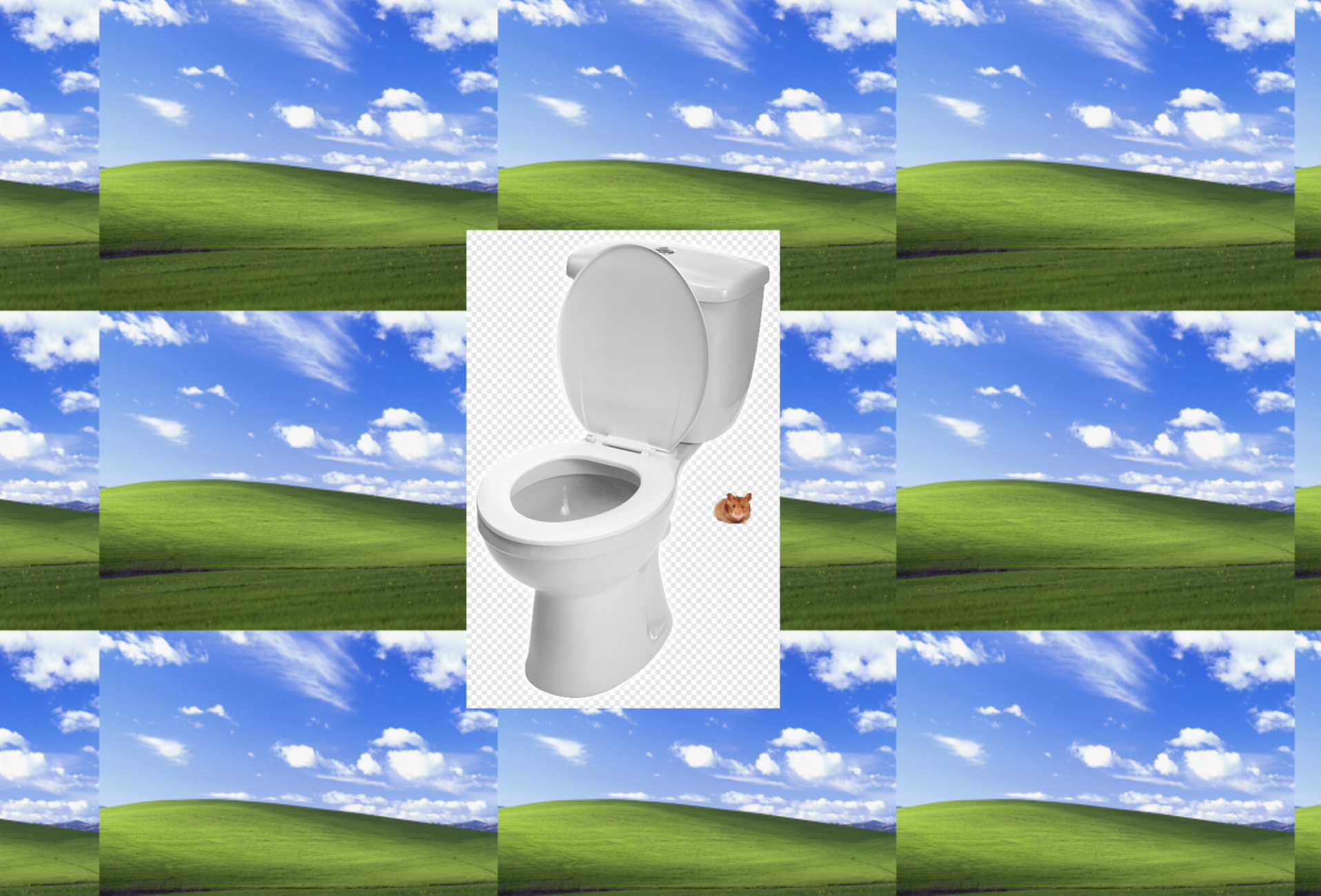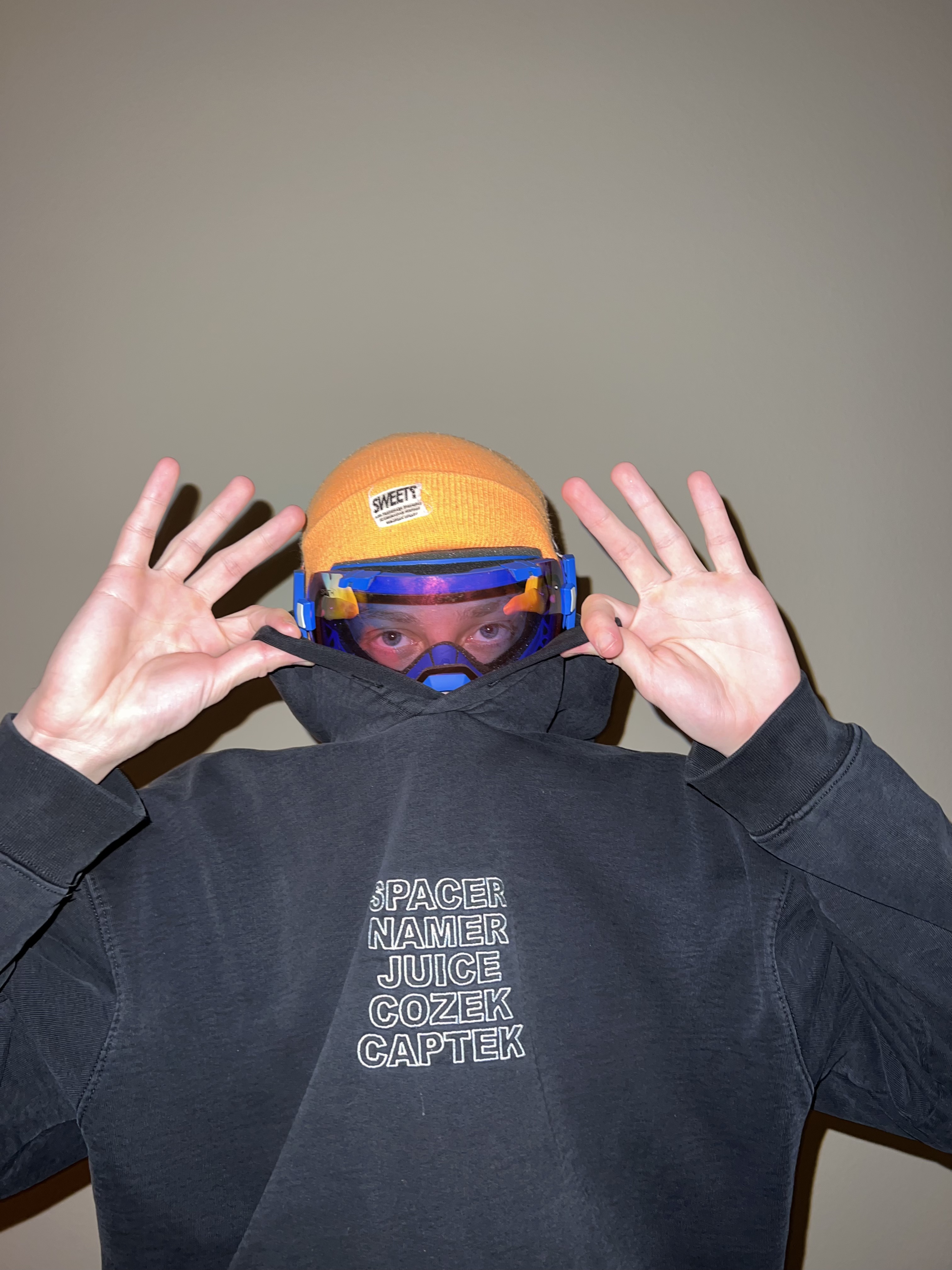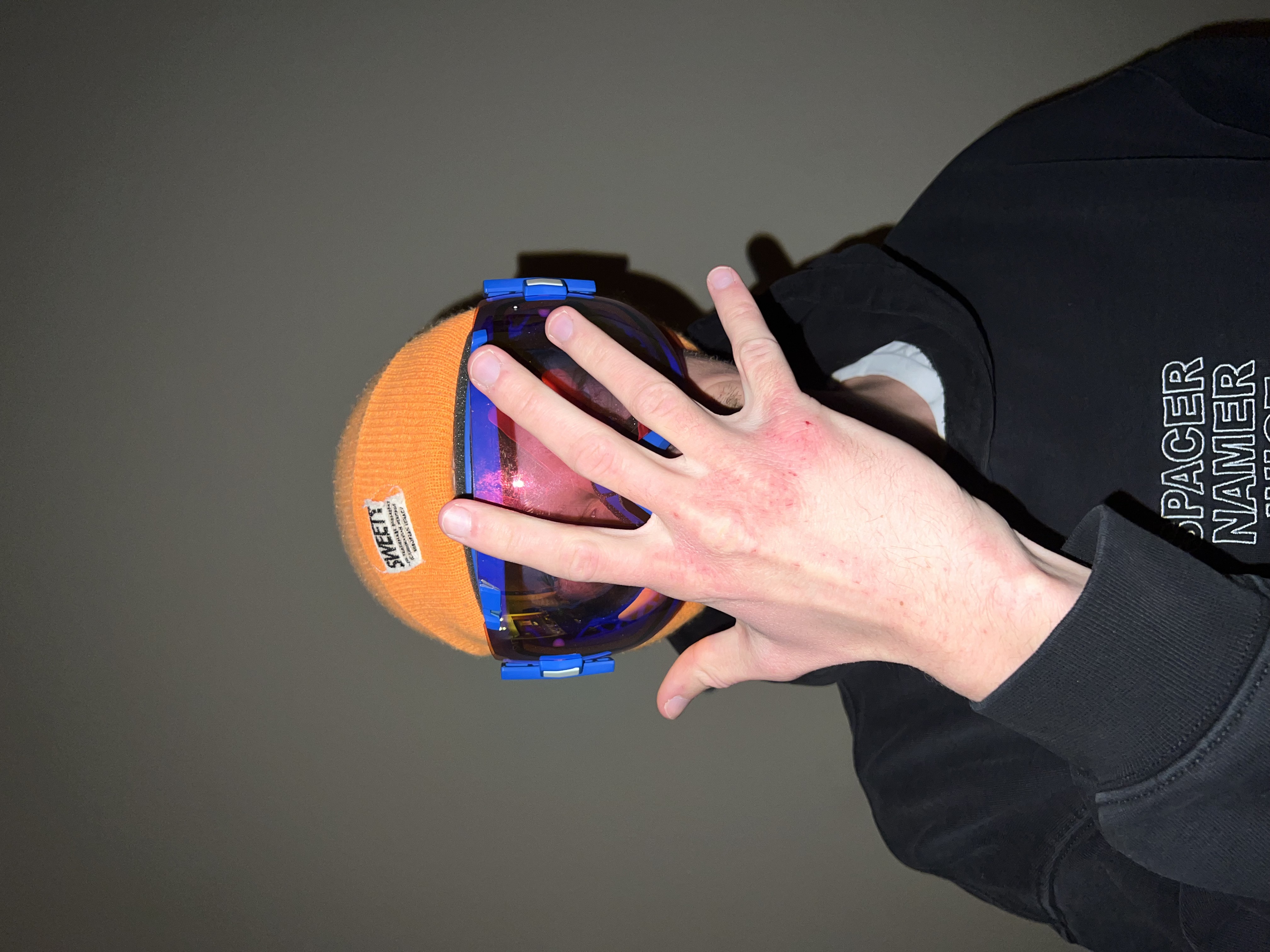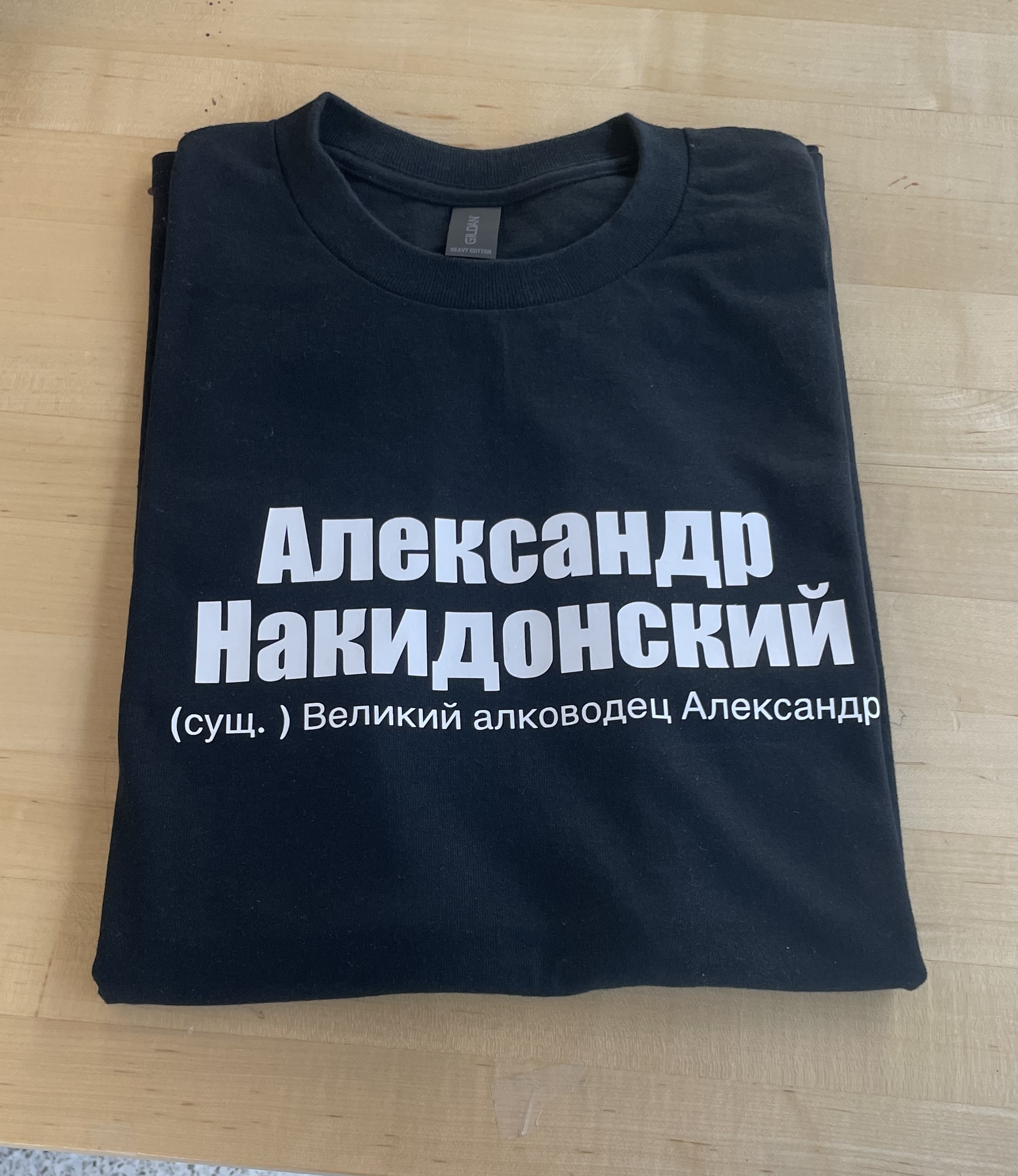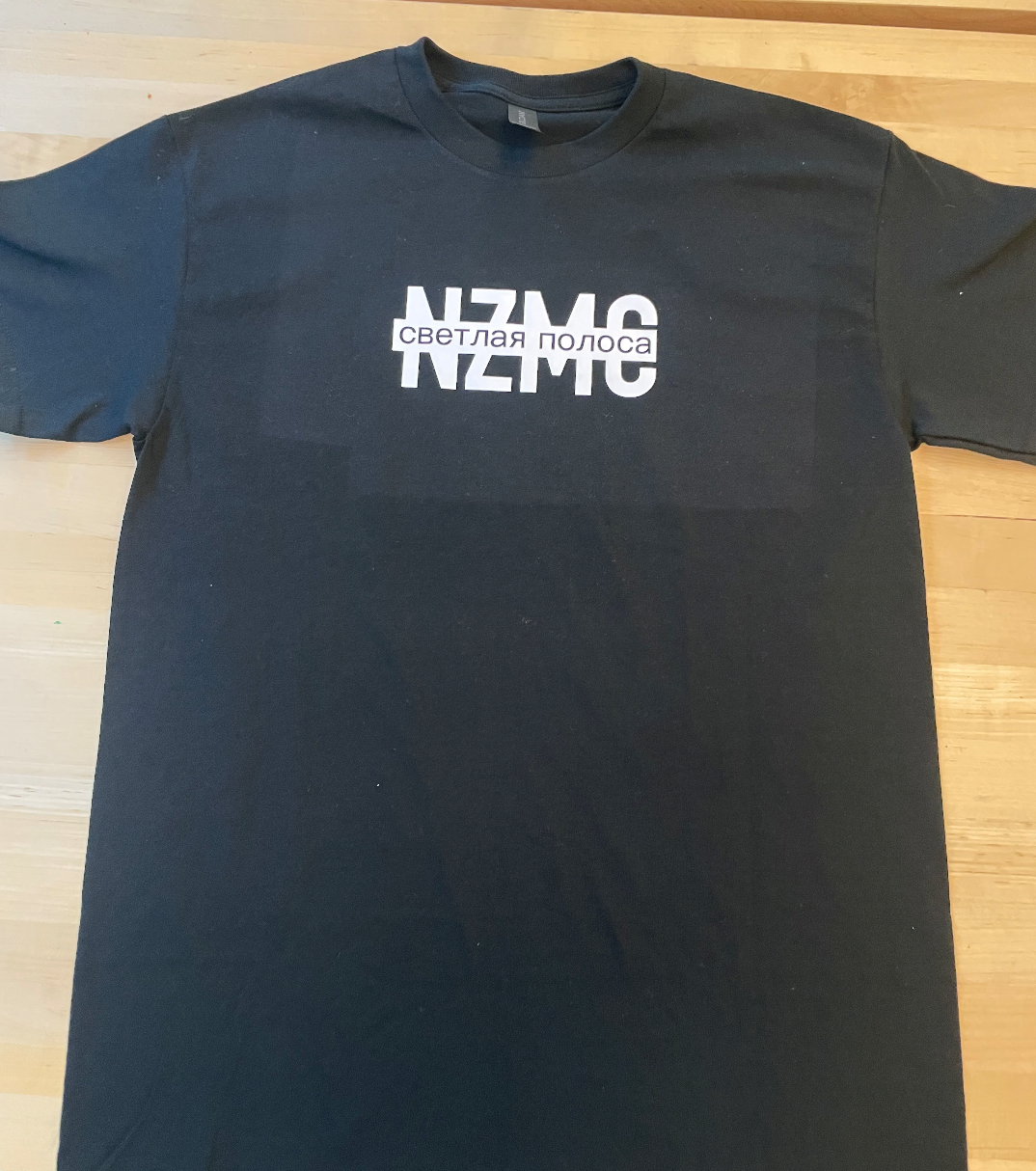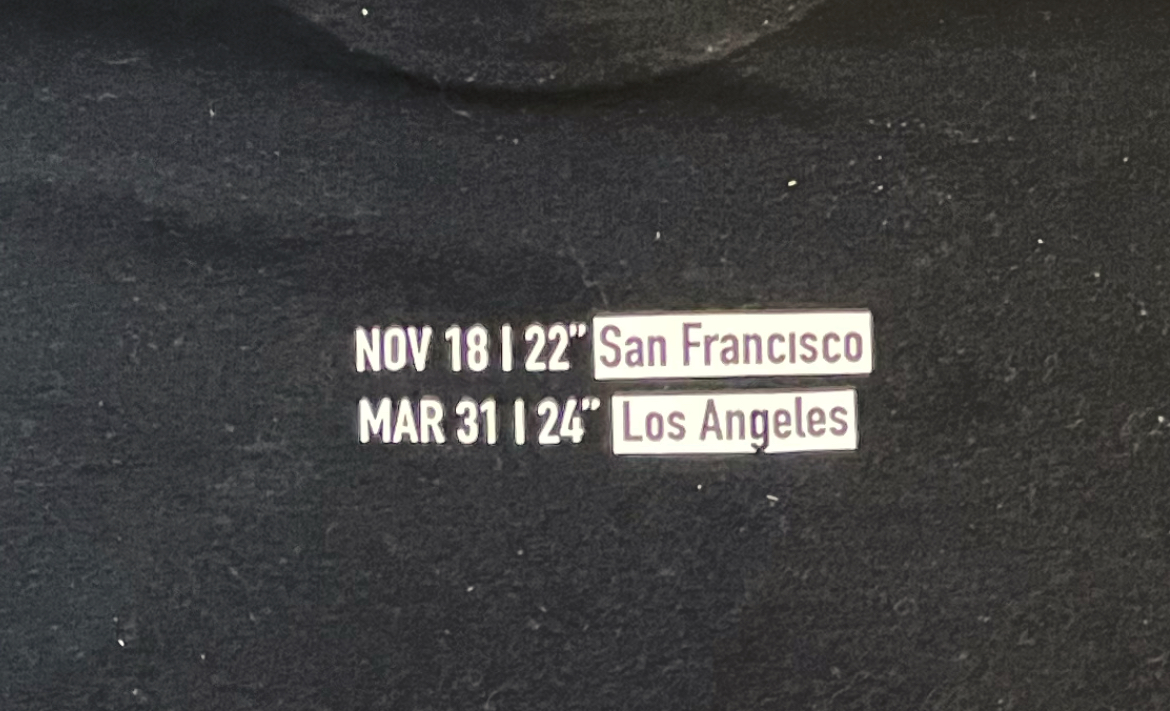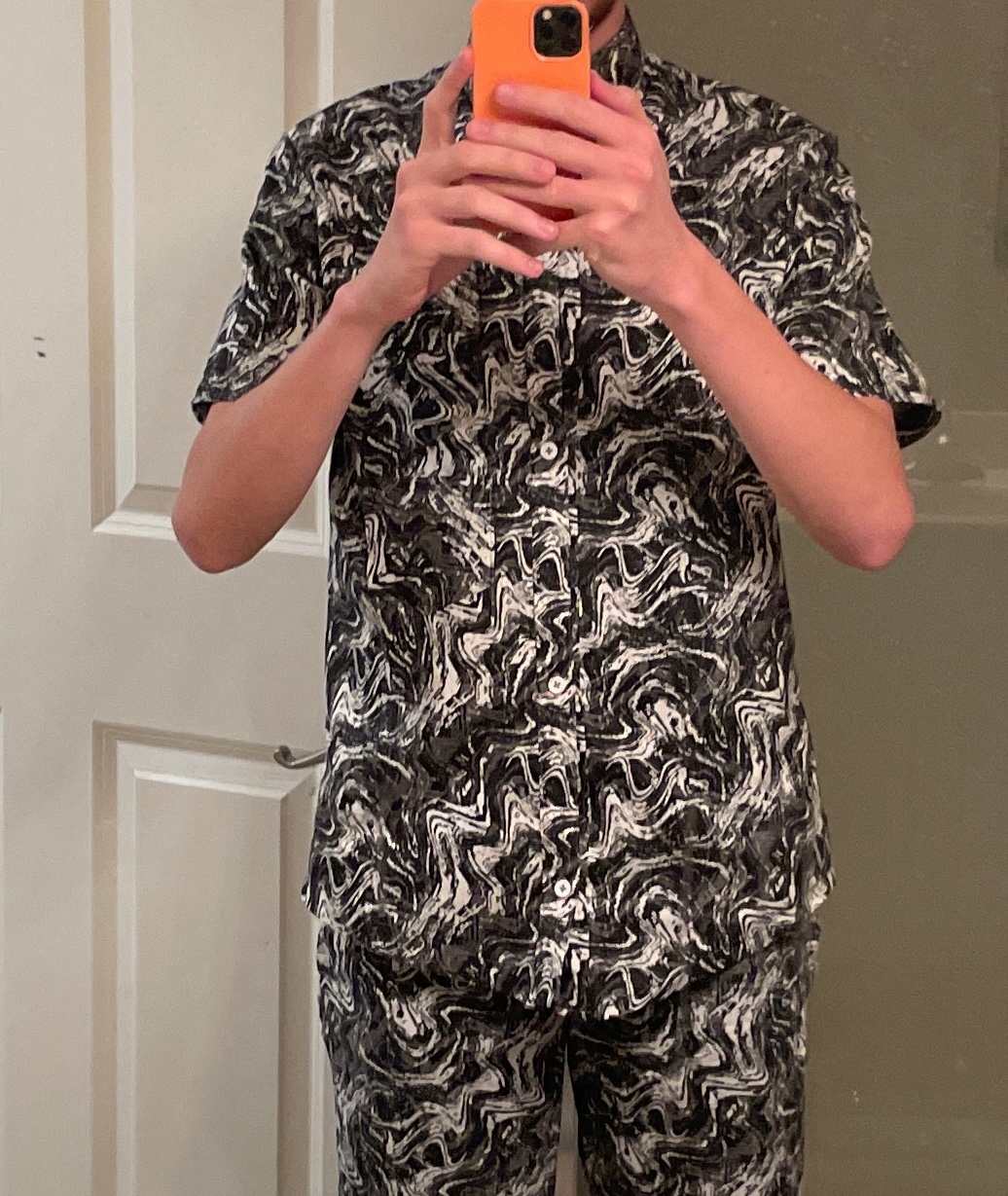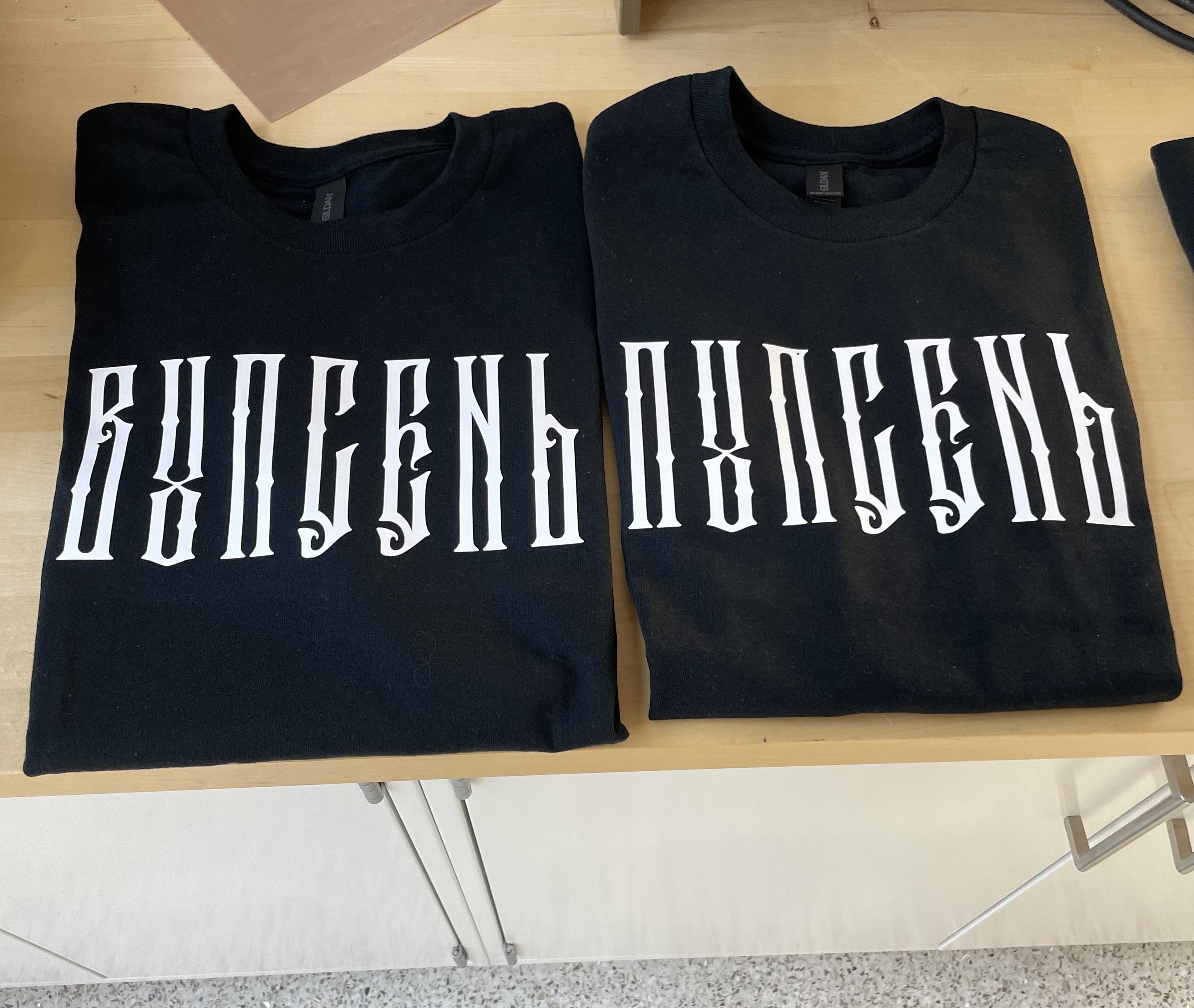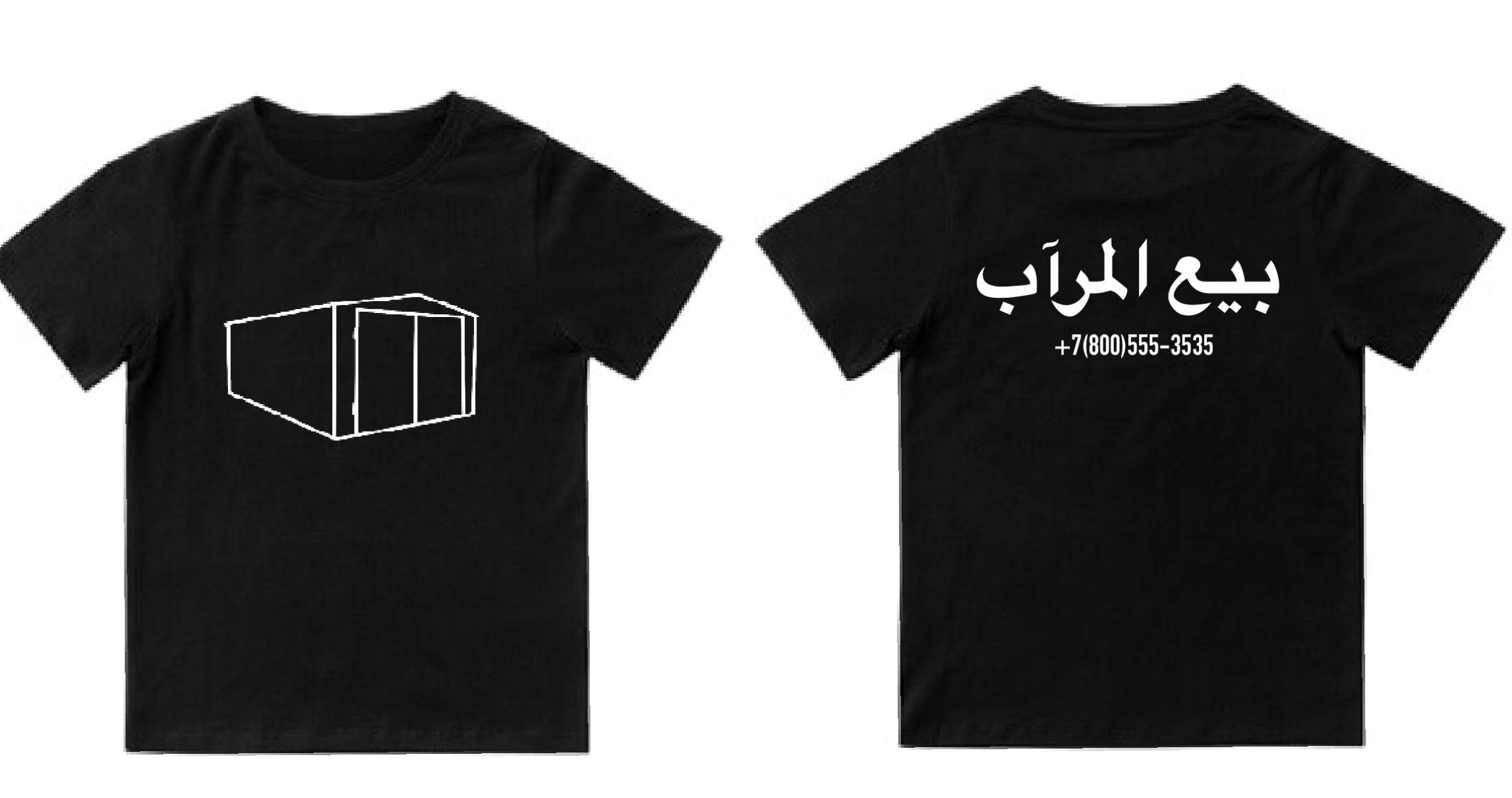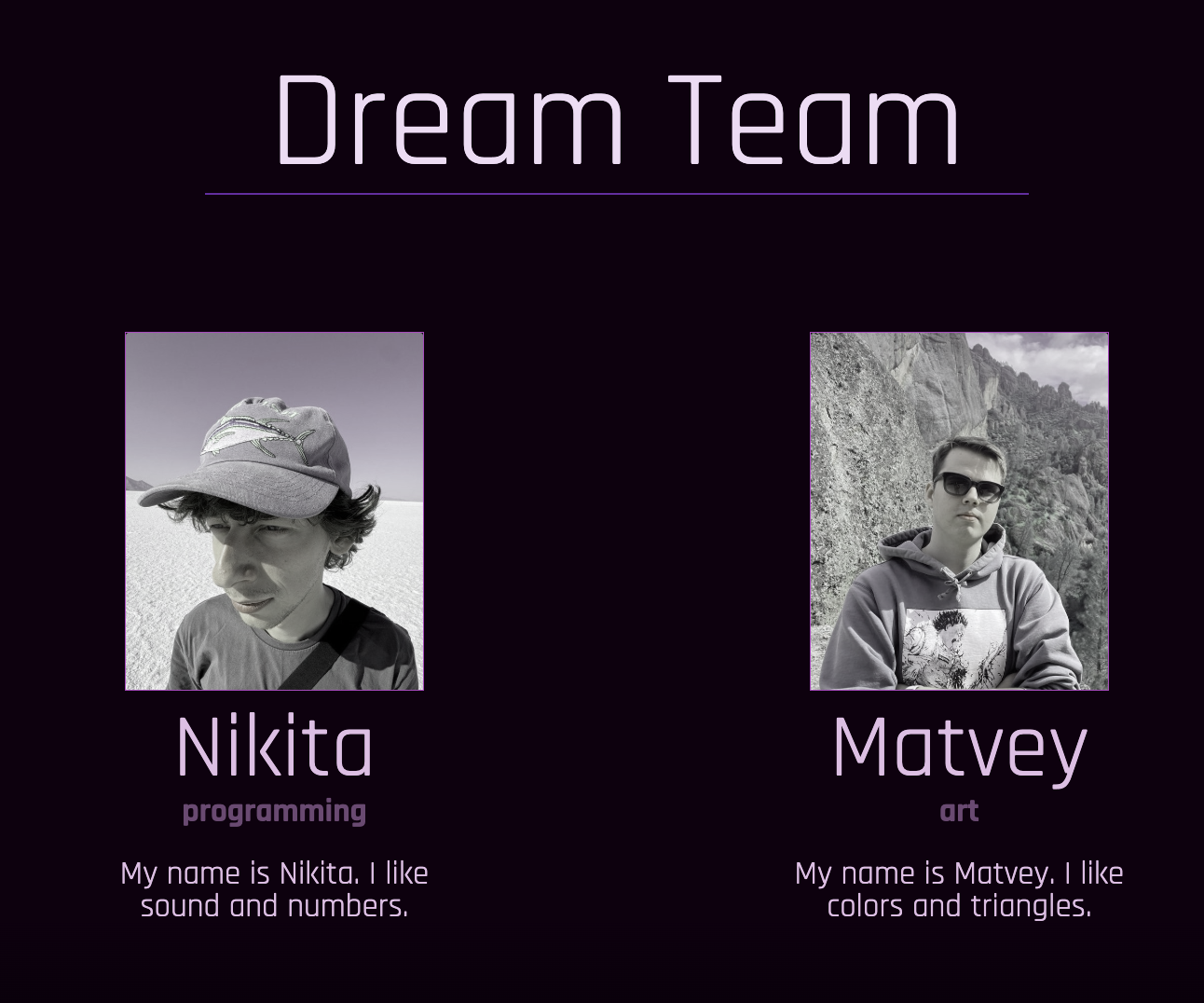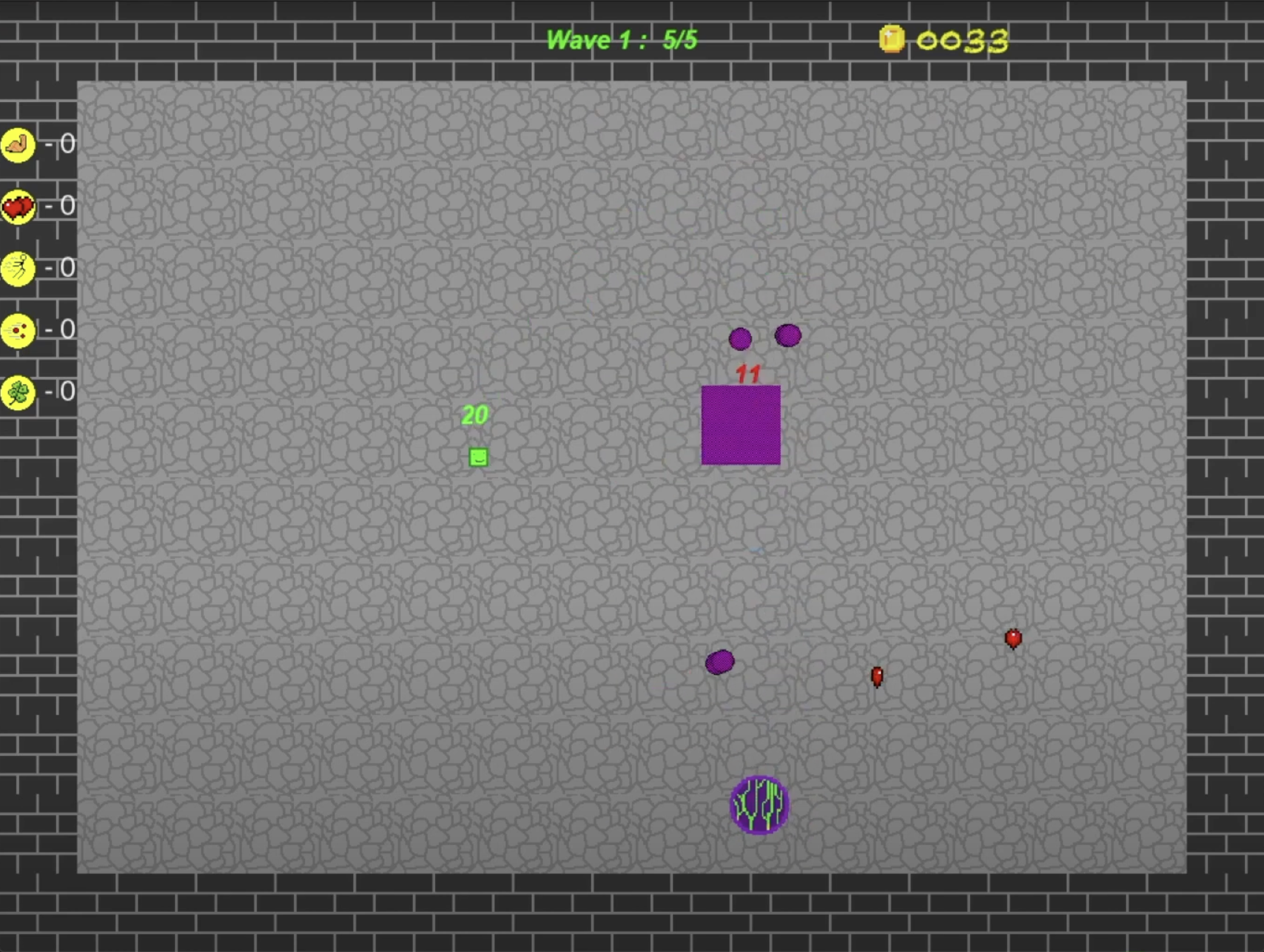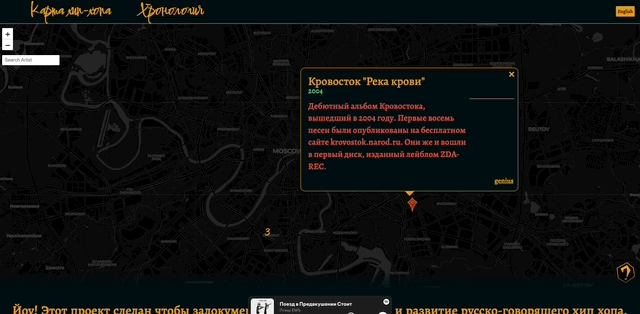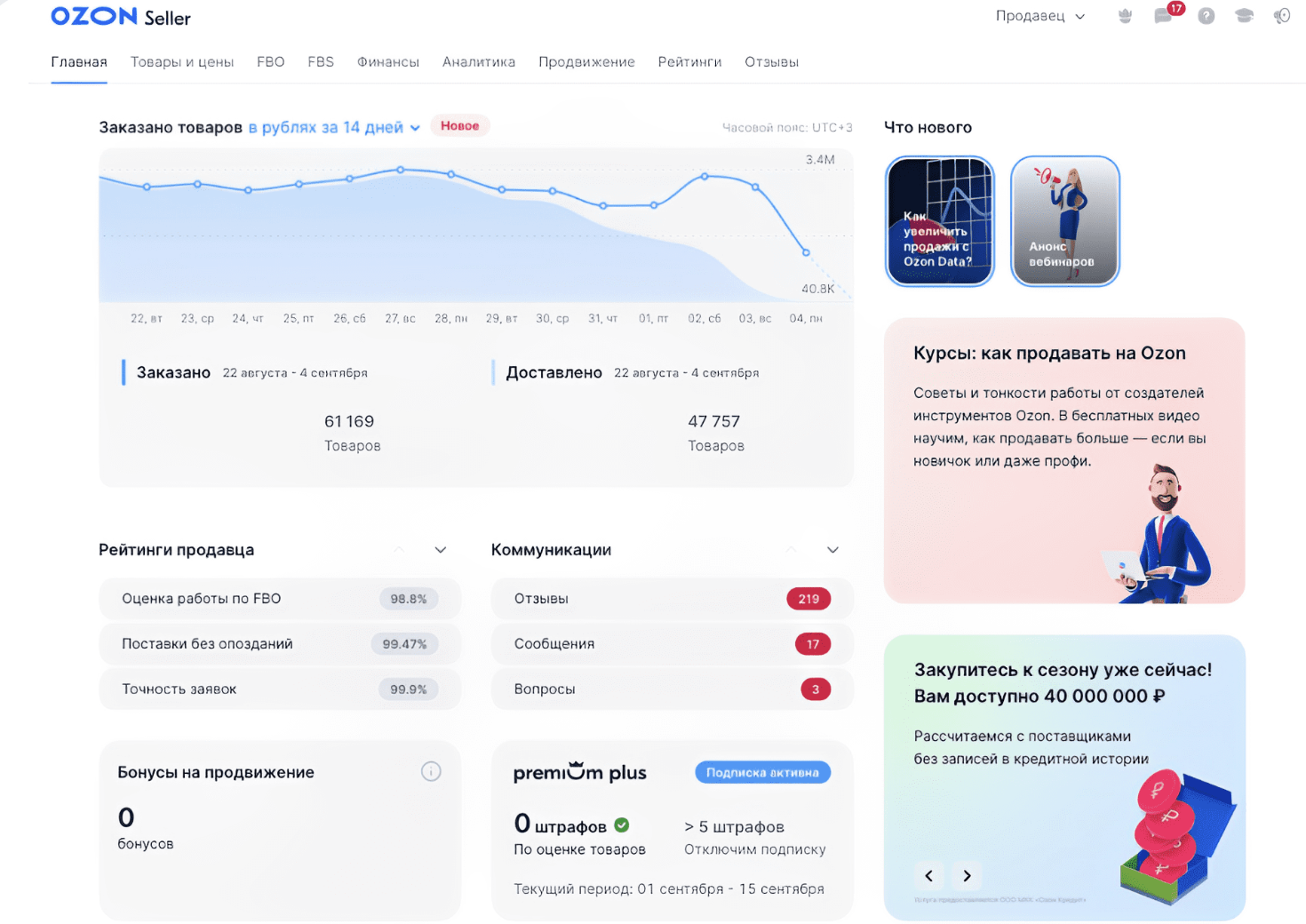Abyssal Popcorn
This project started because of my fascination with the sound of
Krzysztof Penderecki, a polish composer who is most well known for breaking apart the string sections and inventing a whole new graphical way to writing for strings. Penderecki created a "
wall of sound" that pushed the limits of what both the orchestra, but also the score can do. To get a hang of how he actually produced that noise I downloaded a copy of "
Threnody to Hiroshima", his most famous piece, and started digging into it.
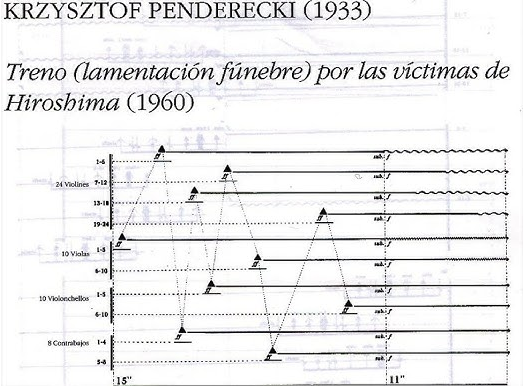
fragment of Penderecki's score
About the same time I started taking electronic composition lessons with
Bruno Ruviaro. During one of the workshops we developed a
synthesizer in SuperCollider that could glide notes from frequency
A to frequency
B. Usually when you play a keyboard, you play a note, typically followed by a different one. The jump in frequency is sudden. What our synthesizer did is it traversed all of the in-between frequencies until it reached the next one, creating a
smooth glide. What’s crazy about SuperCollider is that you can scale this system easily. For example, playing a chord, and then simultaneously gliding every note of that chord to a different chord, or even have each of those notes in a chord to be many different notes that are slightly out of tune with each other (aka chorus). This synth was super fun to play around with, but it’s true power came with realization that using this glide system one
single player could imitate the entire
sections of strings. Now give many players a string section each, and you got yourself a whole orchestra.
For the 2025 Santa Clara Laptop Orchestra season I wanted to write a full piece for the ensemble to learn and to perform, and thought that the synthesizer that we built, together with my explorations of Penderecki’s scores was a perfect combination of tools to get started. Idea was to try bring Penderecki’s crazy notations to laptops and IDEs, where the code that renders your sound is the score itself. Luckily some clever programmers invented comments.
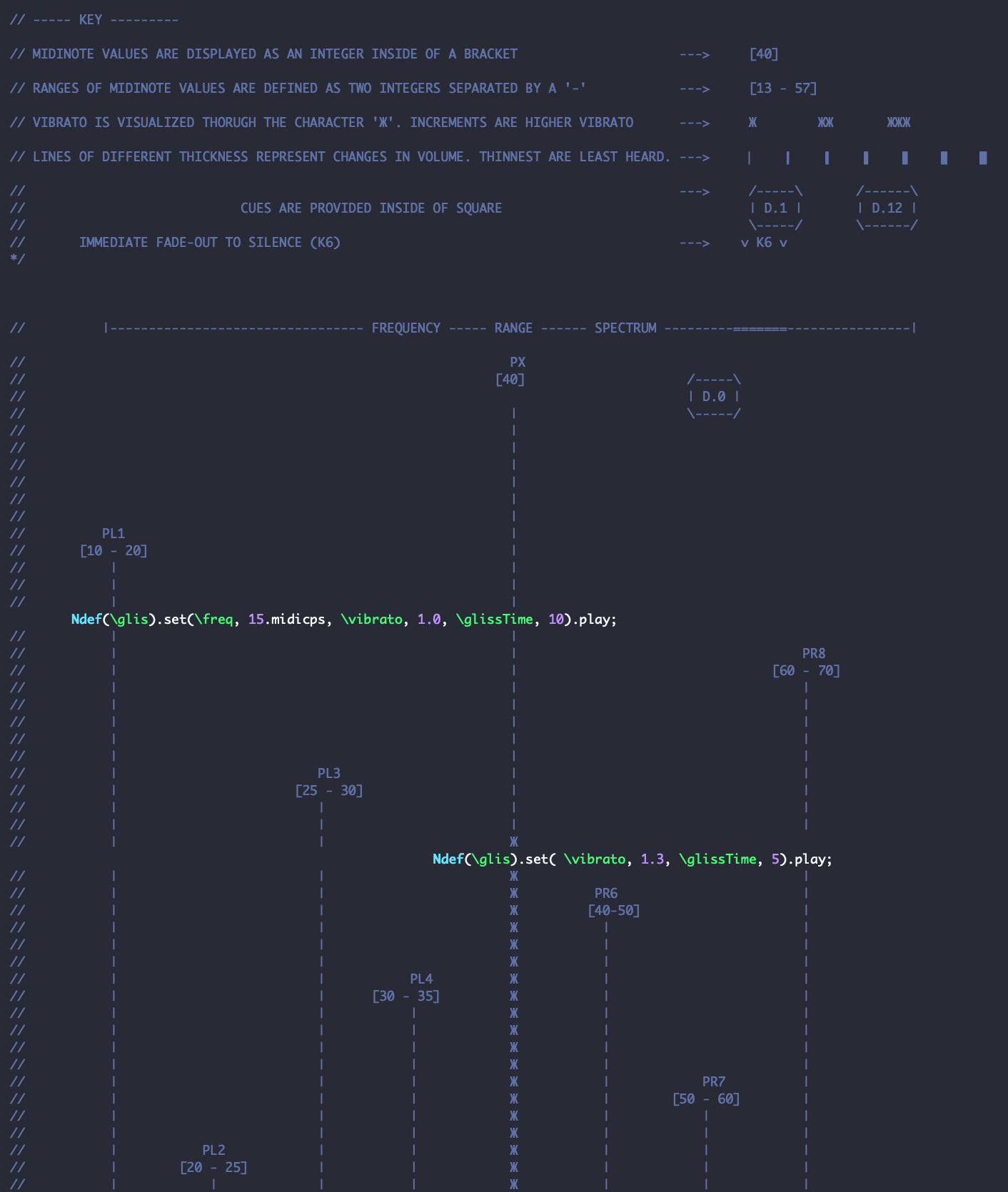
early visual draft
I decided to build the score out of processes, rather than concretely timed blocks. Players would have clear instructions on the movements to be performed, and the dynamics, however there was still a lot of room left for how to interpret it and stretch out the note. I was hoping to make it more fluid and emphasize the importance of listening to peers. As if the room was breathing.
I found the iterative process of weekly rehearsals, listenings, and edits to be rewarding, each next phase of the piece I added new sections to the score, polished the code, and gave feedback on aspects that needed more work. Watching players figure out the structure of the piece and learn to use the synthesizer we built to the full extent was fabulous. Originally my intent was to have the entire graphic score in the code, however for practical reasons and time constraints I stuck with on-paper copies for rehearsals as making edits to the code version was time consuming. I’m still planning on rewriting the entire piece in comments, possibly n the future if someone decides to play the piece again.
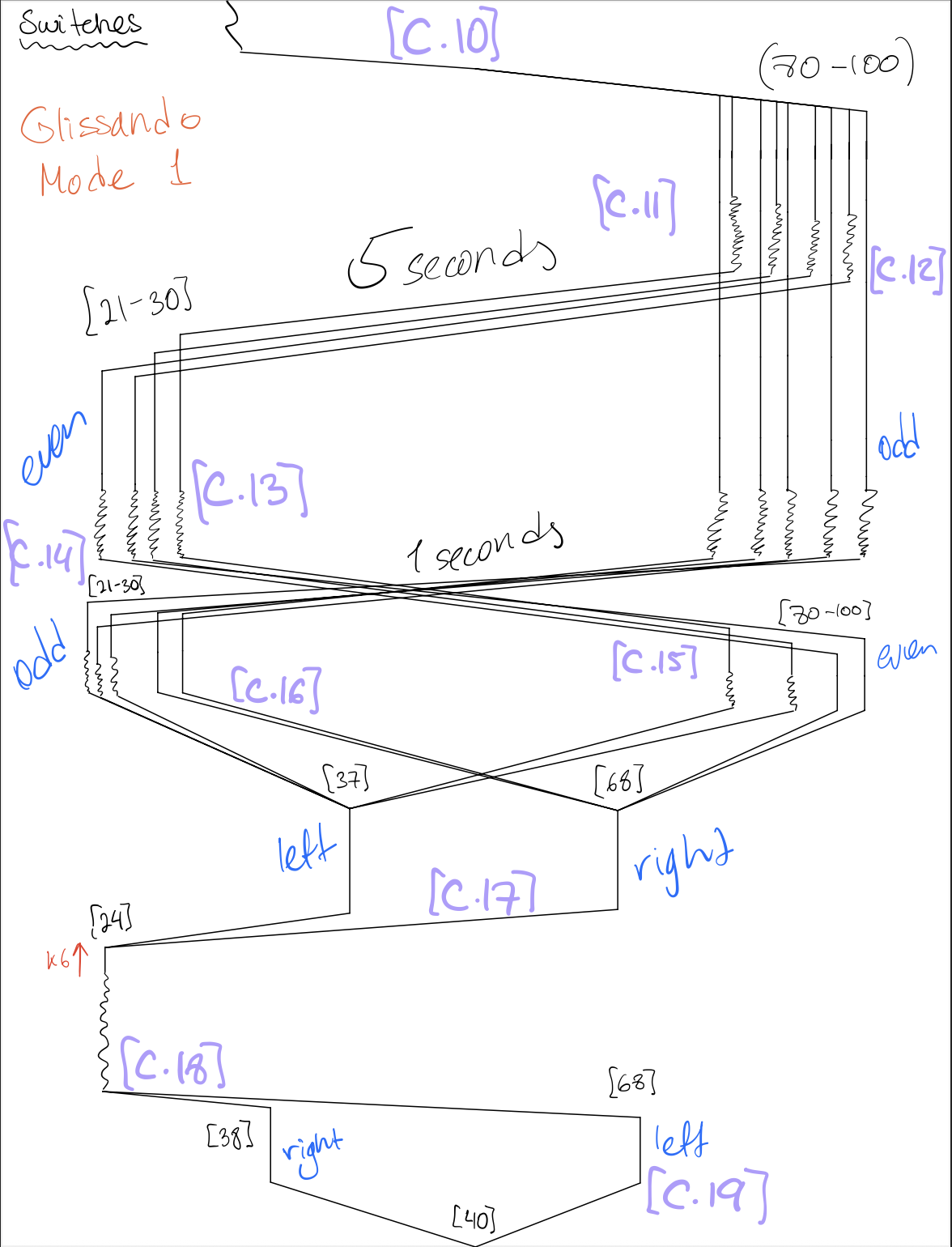
score fragment
The recording was made during the SCLOrk 2025 Concert and is available on streaming platforms for your convenience.
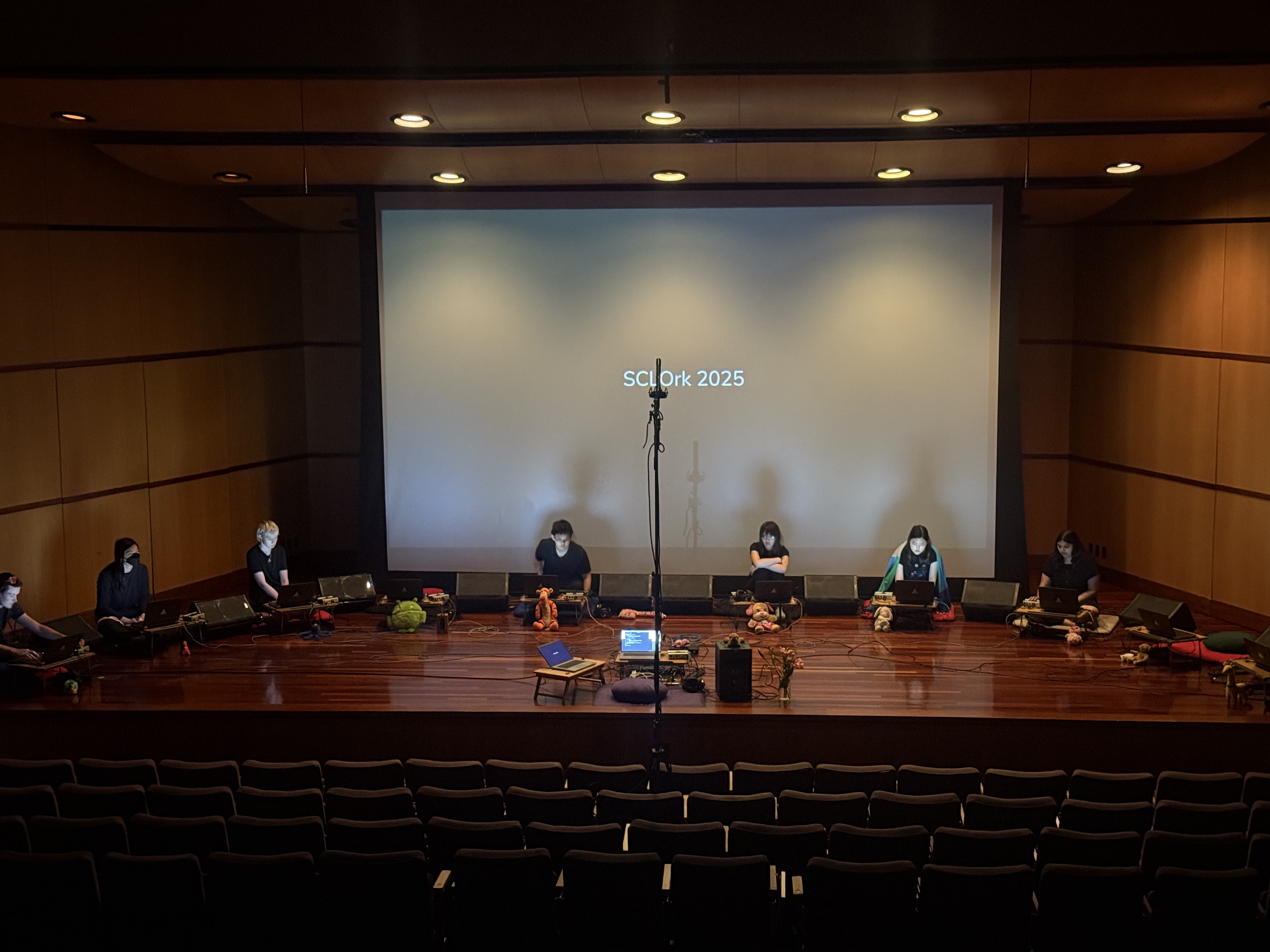
dress rehearsal
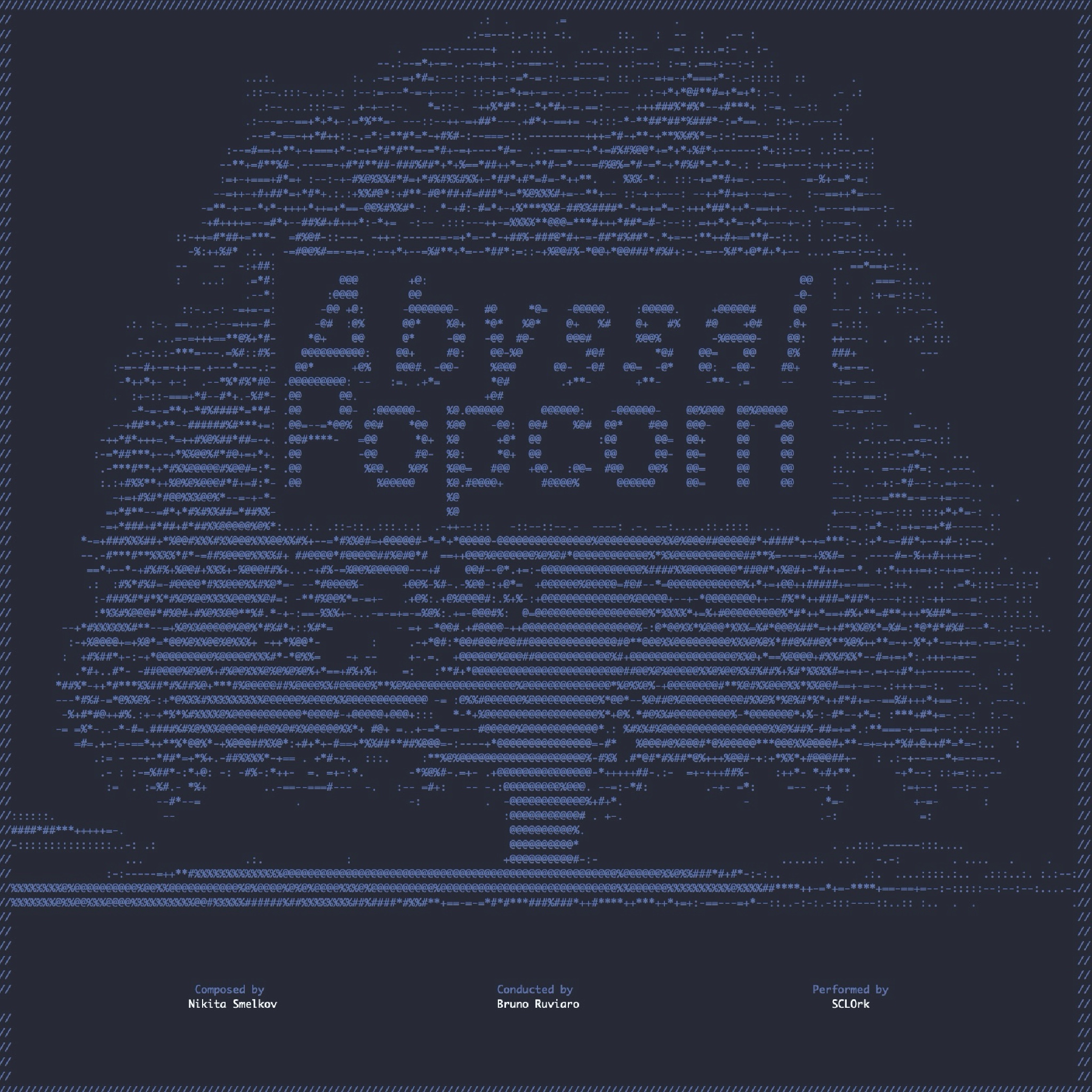
cover art
